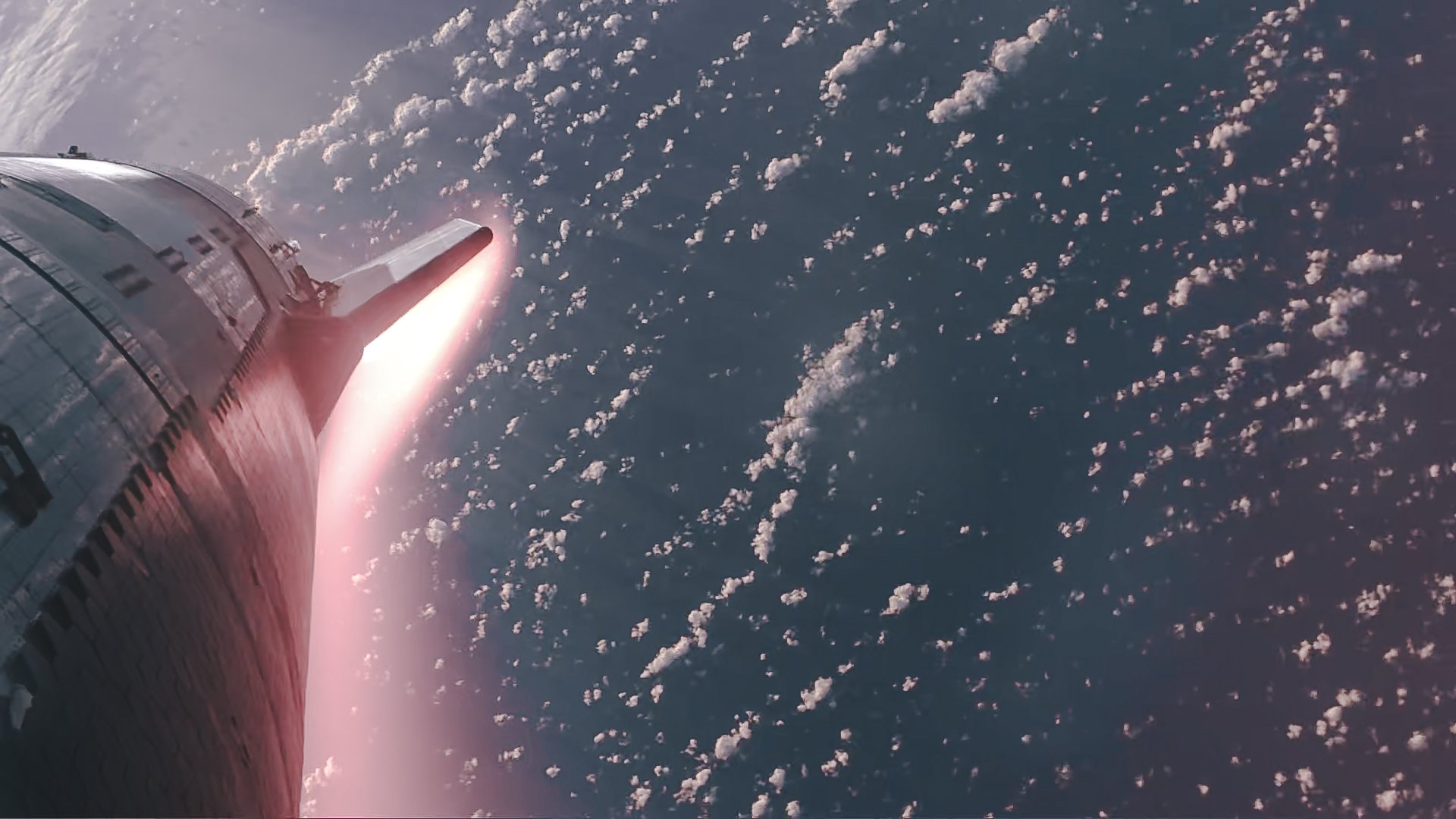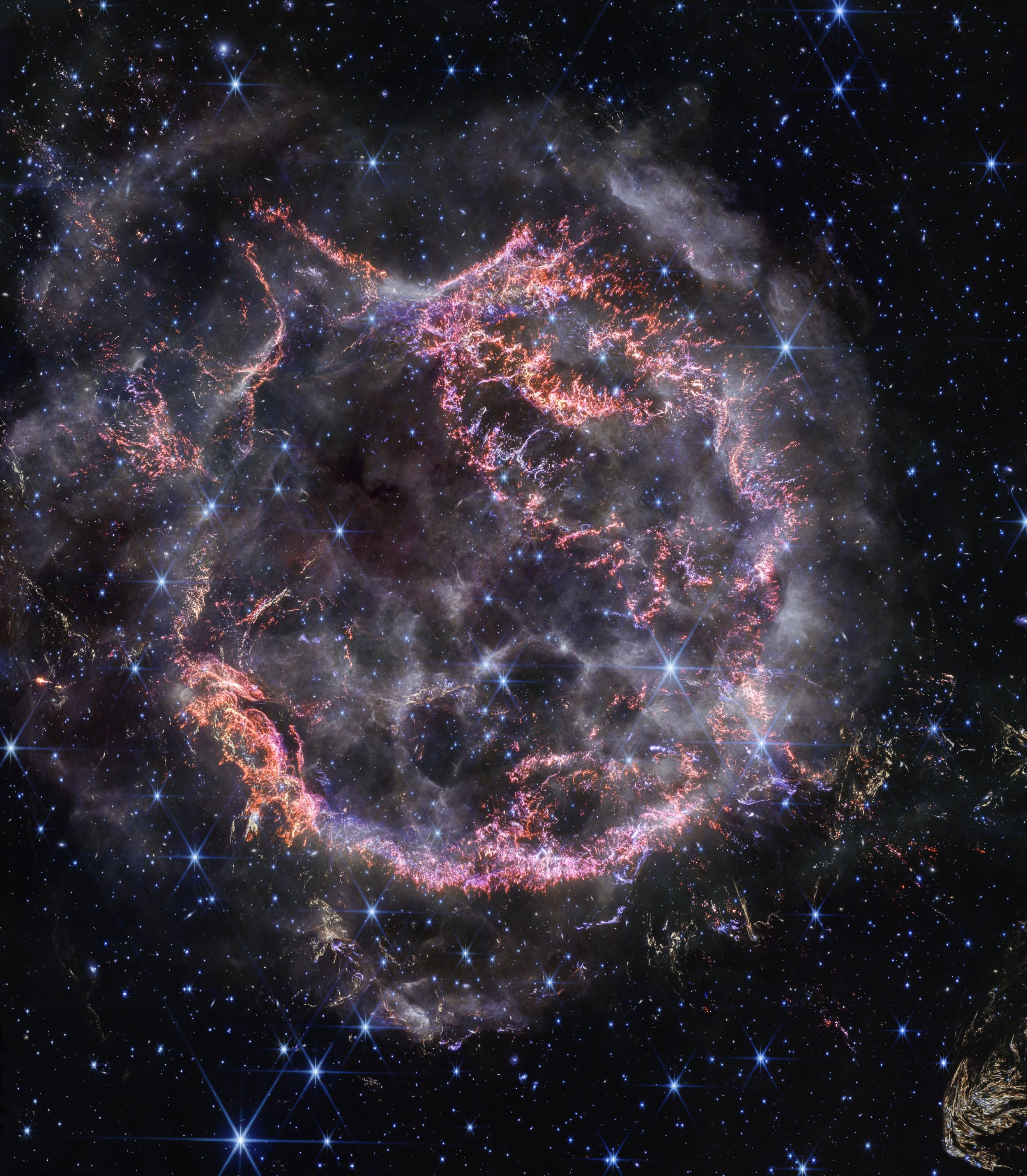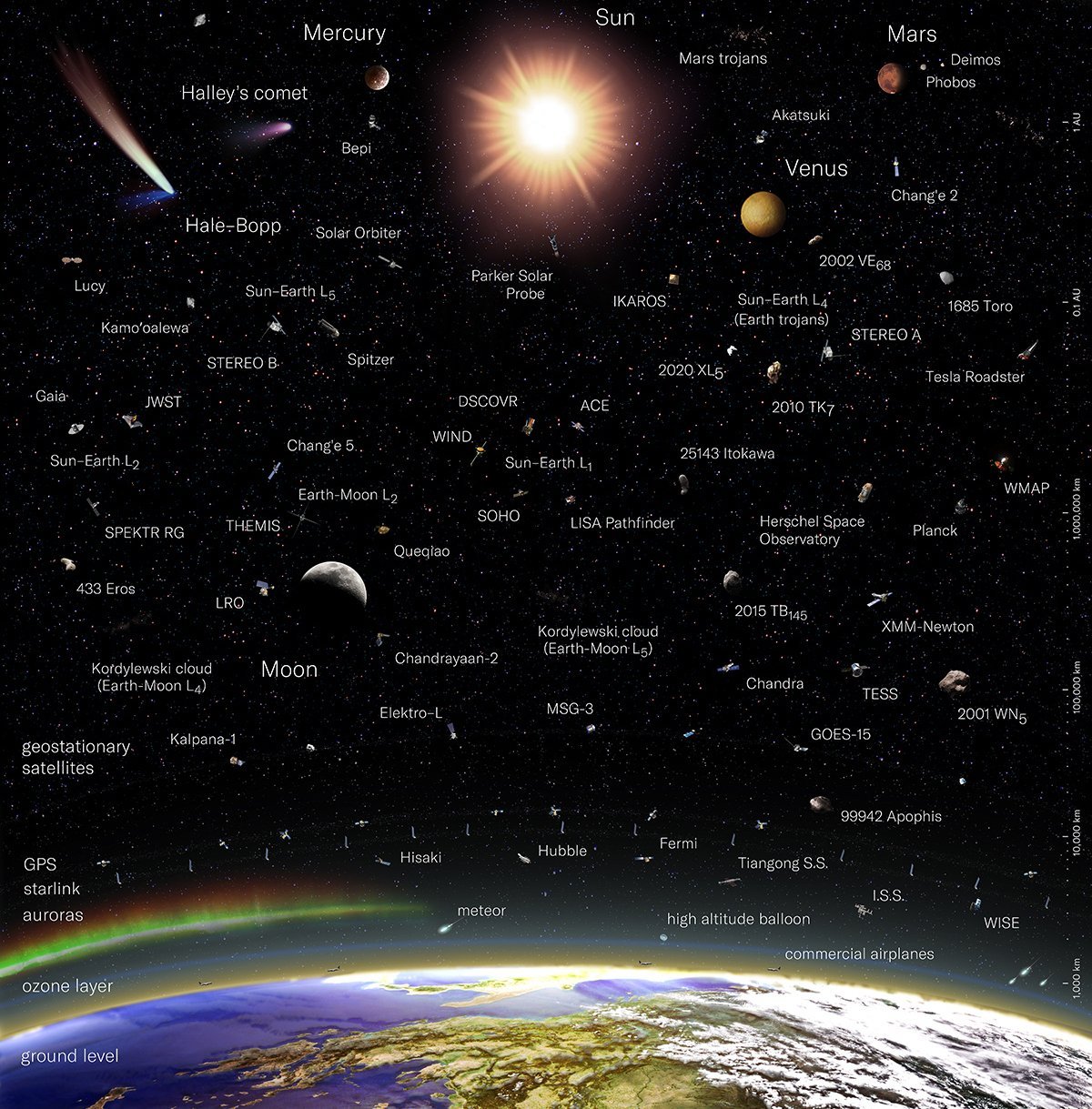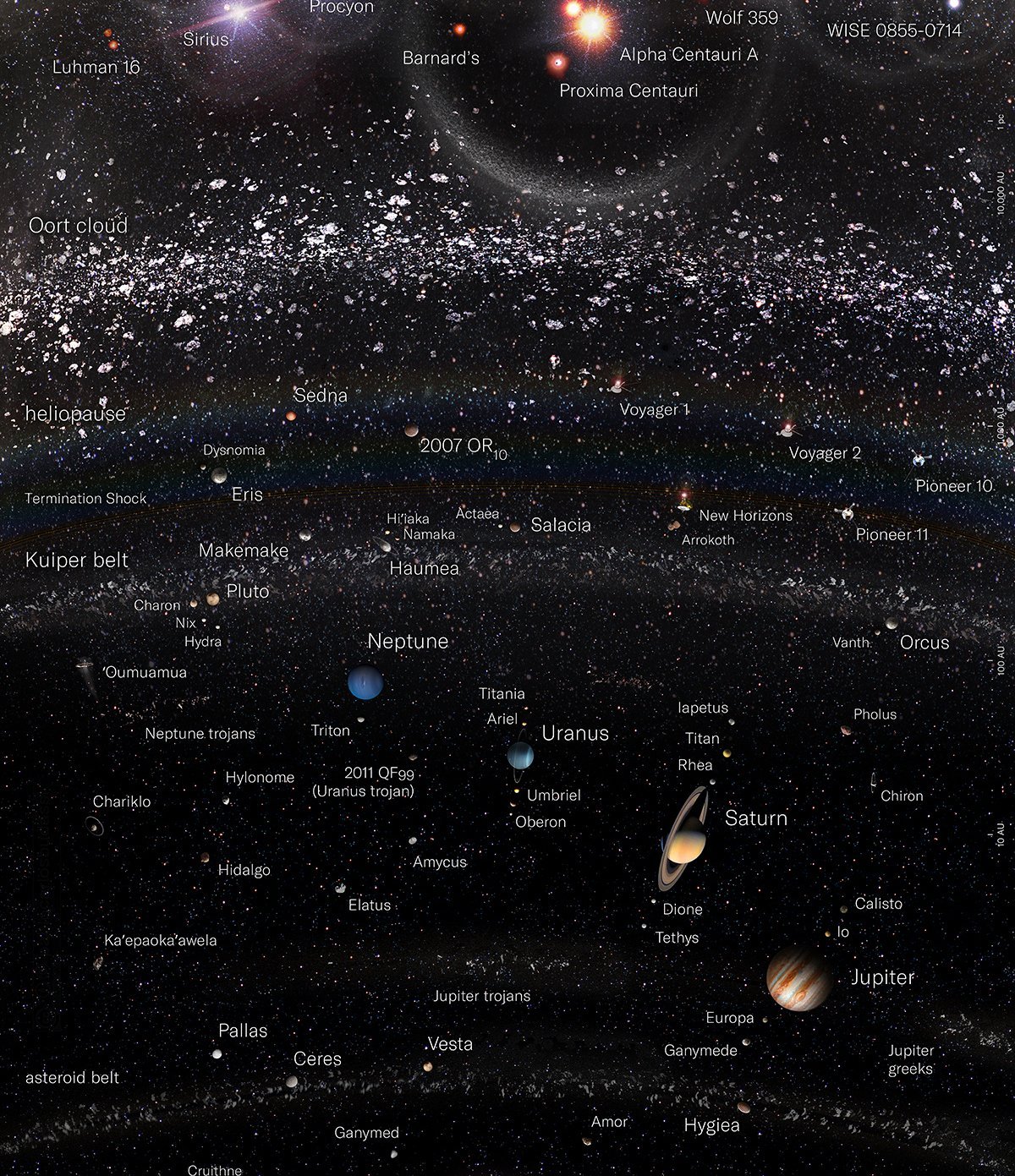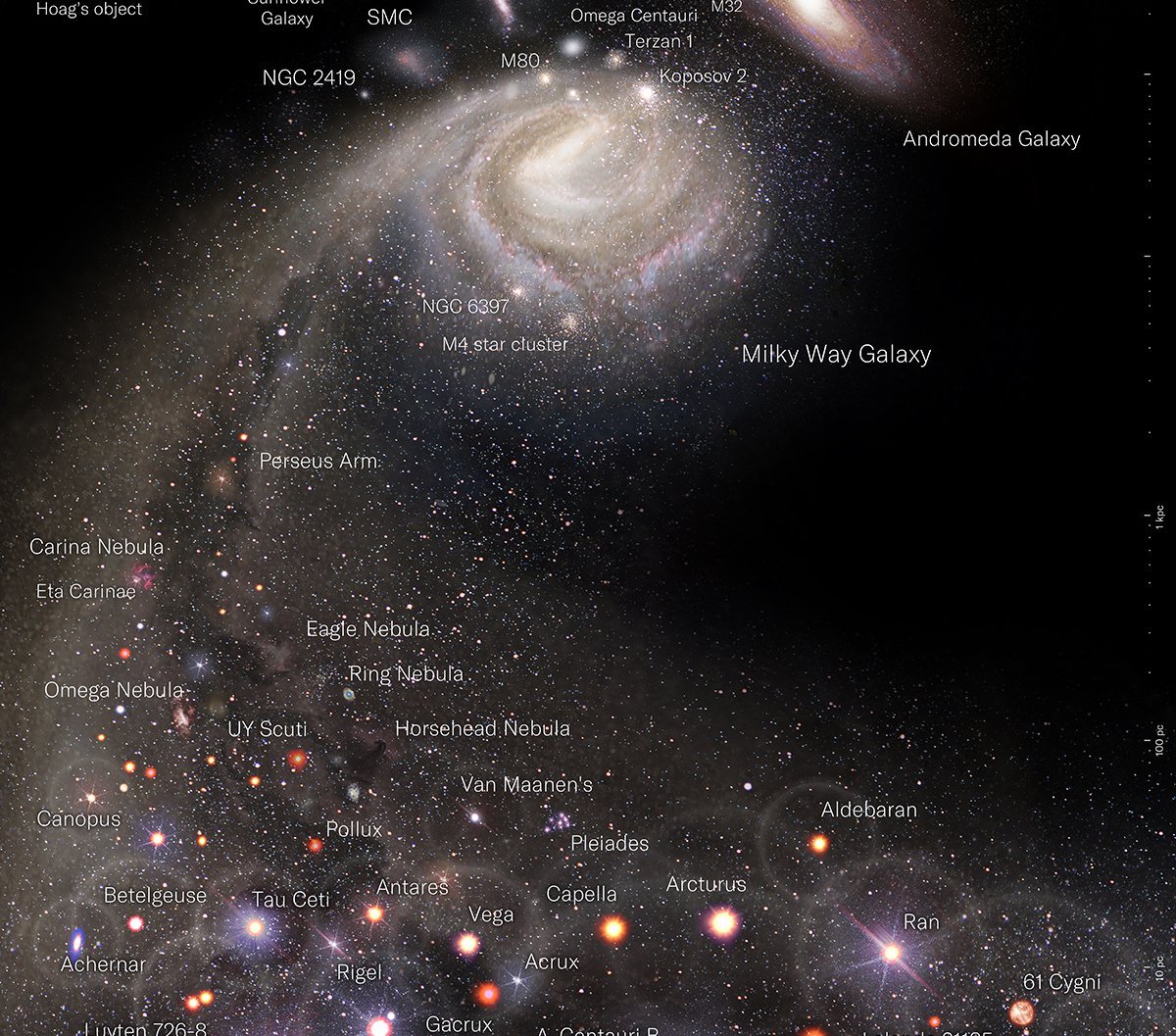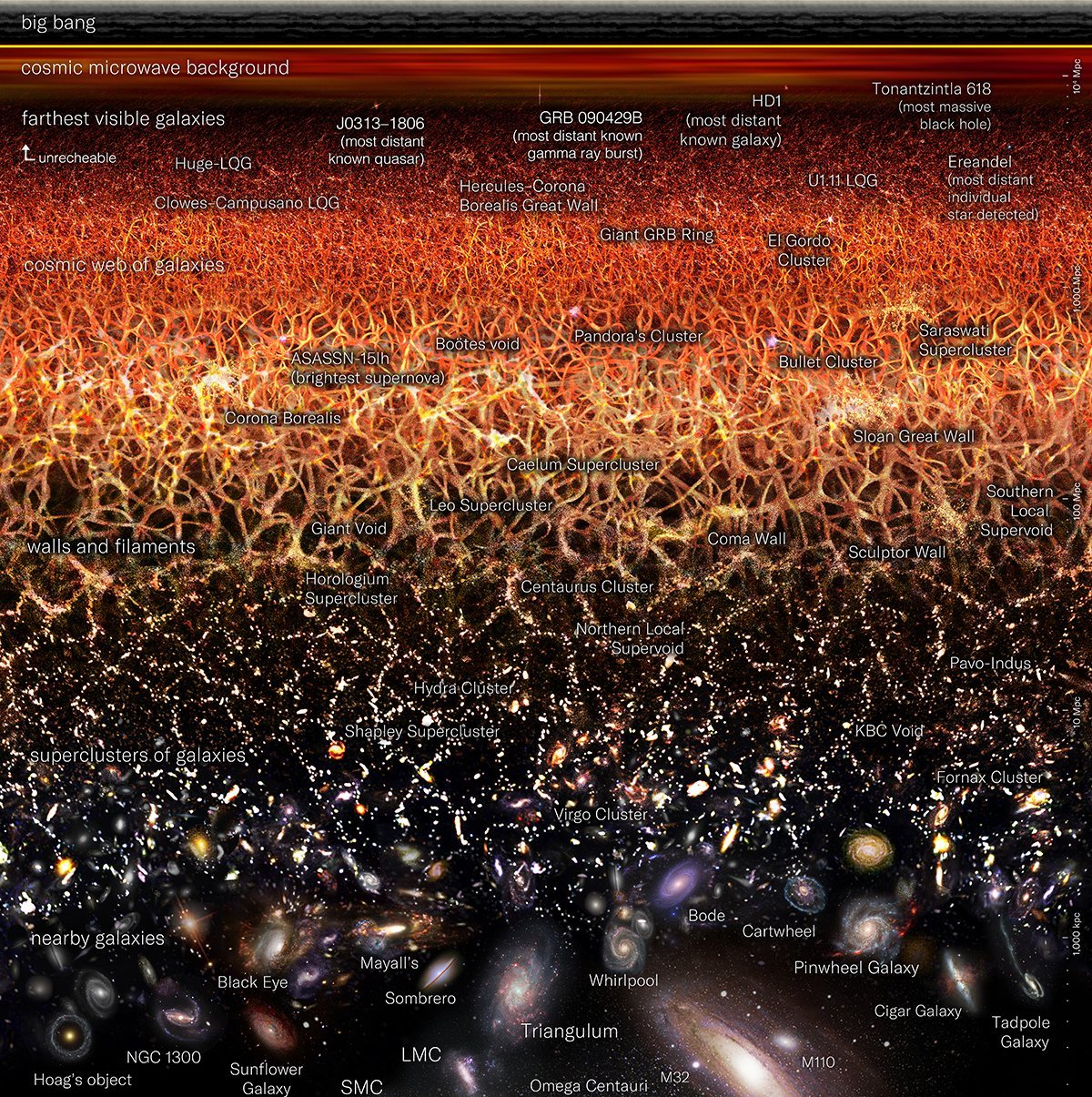Five years ago, at the dawn of 2020 (not forseeing the crisis that awaited us in a mere two months), I made the following predictions (and asked for your thoughts on Facebook):
We're in the 2020s now, and this had damn well better be the decade where some mind-blowing technological advances happen. With that in mind--
Which of the following do you think we are MOST LIKELY to have in 2030:
(1) A fully functioning lunar base, where astronauts live and work on the surface for 6+ months at a time and (rich) tourists visit.
(2) Boots on Mars, and not the robotic kind.
(3) Effective anti-aging/life-extension medication or treatments - not to make us immortal (yet), but to extend our *healthy* lifespan well into the 100s.
(4) Practical brain-computer interfaces - chips in our brains, or at least subcutaneous/on-skin hardware that communicates with our brains.
(5) Discovery of microbial alien life in our solar system and/or confirmation of a clear technological signature (advanced alien life) out there.
5 years later, #1, #2 and #5 (microbial) are looking reasonably likely to be achieved by 2030. #3 and #4 are moving a little more slowly, but I’m hopeful we’ll see the beginnings of them within a decade.
You know what wasn't on this list of mine? Artificial General Intelligence. Leaving it off * might * have been an error on my part....







